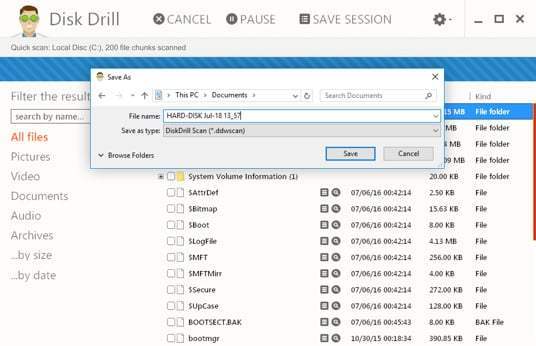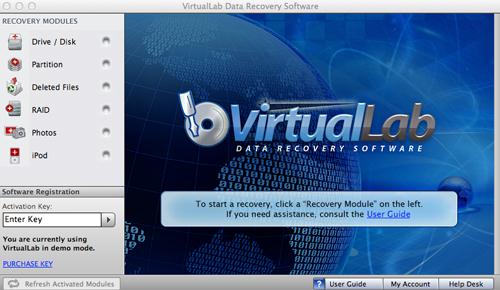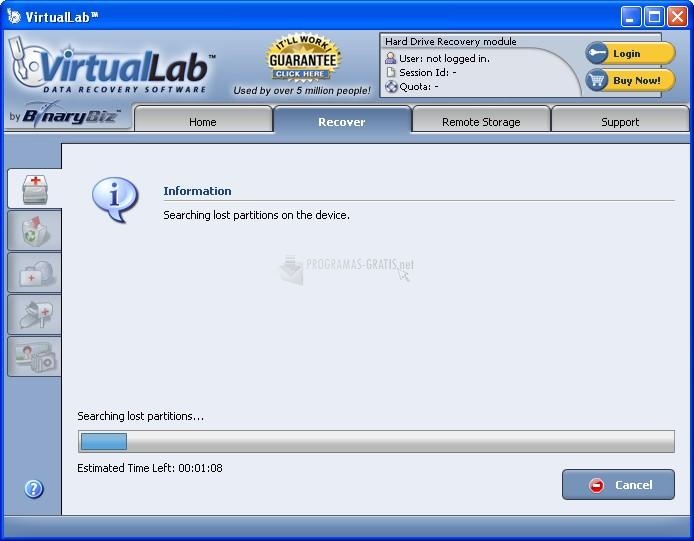

Unlike in RAID 4, parity information is distributed among the drives. RAID 5 consists of block-level striping with distributed parity. This level was previously used by NetApp, but has now been largely replaced by a proprietary implementation of RAID 4 with two parity disks, called RAID-DP. RAID 4 consists of block-level striping with dedicated parity. Although implementations exist, RAID 3 is not commonly used in practice. Parity is calculated across corresponding bytes and stored on a dedicated parity drive. All disk spindle rotation is synchronized and data is striped such that each sequential byte is on a different drive. RAID 3 consists of byte-level striping with dedicated parity. This level is of historical significance only although it was used on some early machines (for example, the Thinking Machines CM-2), as of 2014 it is not used by any of the commercially available systems. Hamming-code parity is calculated across corresponding bits and stored on at least one parity drive.

All disk spindle rotation is synchronized and data is striped such that each sequential bit is on a different drive. RAID 2 consists of bit-level striping with dedicated Hamming-code parity. The array continues to operate as long as at least one drive is functioning. Write throughput is always slower because every drive must be updated, and the slowest drive limits the write performance. Actual read throughput of most RAID 1 implementations is slower than the fastest drive.
#Virtuallab data recovery software
Sustained read throughput, if the controller or software is optimized for it, approaches the sum of throughputs of every drive in the set, just as for RAID 0. If a request is broadcast to every drive in the set, it can be serviced by the drive that accesses the data first (depending on its seek time and rotational latency), improving performance. Thus, any read request can be serviced by any drive in the set. Data is written identically to two (or more) drives, thereby producing a “mirrored set”. RAID 1 consists of mirroring, without parity or striping. Increased throughput is the big benefit of RAID 0 versus spanned volume. The concurrent operations make the throughput of most read and write operations equal to the throughput of one disk multiplied by the number of disks. Striping distributes the contents of files roughly equally among all disks in the set, which makes concurrent read or write operations on the multiple disks almost inevitable.

Thus, failure of one disk causes the loss of the entire RAID 0 volume, with reduced possibilities of data recovery when compared to a broken spanned volume.

There is no added redundancy for handling disk failures, just as with a spanned volume. The capacity of a RAID 0 volume is the sum of the capacities of the disks in the set, the same as with a spanned volume. RAID 0 consists of striping, without mirroring or parity. RAID levels greater than RAID 0 provide protection against unrecoverable (sector) read errors, as well as whole disk failure. Each scheme provides a different balance between the key goals: reliability, availability, performance, and capacity. The different schemes or architectures are named by the word RAID followed by a number (e.g. Gibson, and Randy Katz at the University of California, Berkeley in 1987ĭata is distributed across the drives in one of several ways, referred to as RAID levels, depending on the specific level of redundancy and performance required. The term “RAID” was invented by David Patterson, Garth A. RAID (originally redundant array of inexpensive disks now commonly redundant array of independent disks) is a data storage virtualization technology that combines multiple disk drive components into a logical unit for the purposes of data redundancy or performance improvement.


 0 kommentar(er)
0 kommentar(er)
